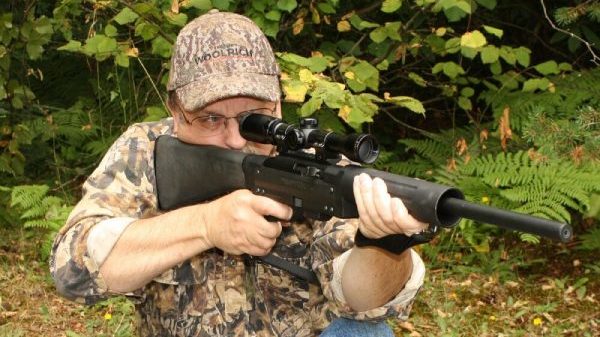
Thanks to reports in the Seattle Times, and crime statistics posted on-line by the Seattle Police Department, the Evergreen State provides a prime example for the rest of the country why gun prohibitionists “just don’t get it” about their gun control agenda.
Following a shooting incident in Seattle Nov. 9, the newspaper reported about “mass” shootings in the state this year. There have been eight, in which 28 people were shot, 20 of them fatally. All of these happened more than one year after passage of Initiative 594, the so-called “universal background check” measure that was on the 2014 ballot.
It was sold to the public as a tool to prevent “gun violence.” It didn’t prevent any of these eight shootings detailed by the Seattle Times.
What may be helping reduce violence, however, is something Seattle police did. According to their crime stats website, as of Oct. 24, there had been nine people killed out of 280 “shots fired” incidents, compared to 14 people who had been killed by the same time last year, in 322 shooting incidents.
According to the newspaper, “The number of shootings in Seattle in 2015 prompted police to shuffle resources to address the spike in gunfire.” That strategy appears to have worked where requiring background checks for transfers of firearms, even between acquaintances, has been of no demonstrable value as a deterrent or crime preventative.
Case in point: Cascade Mall on Sept. 23 in Burlington. The suspect in that case was not able to purchase a firearm at a gun store because he was apparently discouraged by the federal background check requirement. Because of his age, he would not have been legally able to buy a handgun, anyway.
However, he apparently took (without permission) a .22-caliber rifle belonging to his step-father, to carry out the crime. Five people were killed.
And this raises an interesting argument put forth by opponents of Initiative 1491, the so-called “extreme risk protection order” measure passed this week. This one allows for a person’s guns to be taken if he is believed to pose an extreme risk to himself or other people.
Anybody thought to be that dangerous shouldn’t be on the streets, but this measure only allows someone’s guns to be taken. The problem is the person, not the guns, say critics. If the person is still walking around loose, there is nothing that prevents him/her from securing another firearm or other weapon via illicit means. In Nice, France this past summer, a man driving a large truck into a crowd of people killed 86 of them.
Note that there had been 14 homicides in Seattle as of Oct. 24, but only nine involved firearms. That leaves five other people who were killed in some other fashion. The FBI Uniform Crime Report invariably confirms that more people are stabbed, strangled, stomped or beaten to death annually than are murdered with rifles or shotguns.
There was something else in the SPD report. That website has a comparison chart showing the number of crimes in Seattle stacked against crimes committed so far this year in similar-sized cities.
Seattle trails Las Vegas, Cleveland, Milwaukee Sacramento and San Francisco in the number of slayings. The chart does not include Washington, D.C. or Baltimore, Maryland, both cities where the body counts this year are staggering.
Lest anyone delude themselves into thinking stronger gun laws work, both Baltimore and the District have very restrictive gun laws, far more restrictive than Washington State’s laws. Seattle hastily adopted a “gun violence tax” last year, but so far it has only driven one gun store out-of-town, cost another more than $1 million and three employees laid off, and resulted in a lawsuit that has been sent up to the state Supreme Court.
Incidentally, according to the most recent report from the Washington State Department of Licensing, as of Oct. 31, there were 99,223 active concealed pistol licenses in King County, where Seattle is located. That number includes 20,544 women. That’s a lot of legally armed private citizens in just one county, yet contrary to what anti-gunners traditionally contend, it hasn’t resulted in a bloodbath. In Washington State last year, where more than 560,000 people are licensed to carry, there were 209 homicides. Of those, 141 involved firearms, including 84 handguns, three rifles and five shotguns that could be identified.
Gun rights activists constantly argue that if all of these legally armed citizens were a problem, the statistics would be much different.